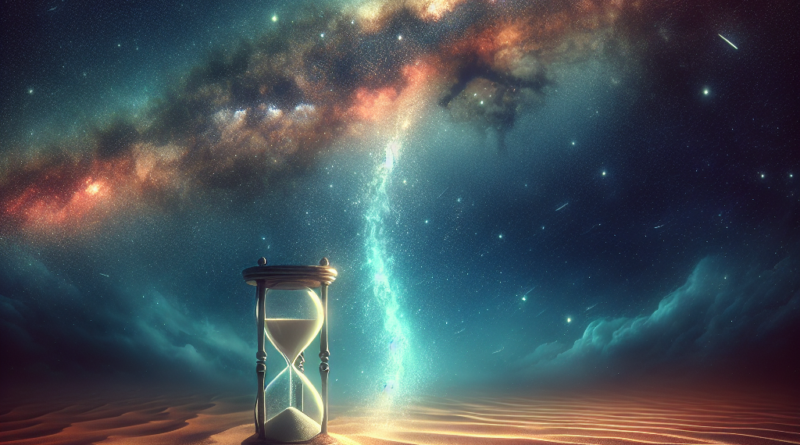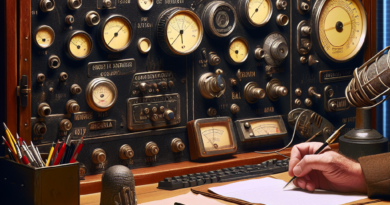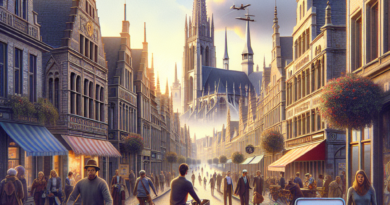2024 Perseid Meteor Shower Peak: When to See Shooting Stars
The Magic of the Night of San Lorenzo
The arrival of the Night of San Lorenzo on August 10th is one of the most anticipated events of the summer.
It is a magical moment when the sky lights up with luminous trails, allowing us all to express our wishes by simply observing it.
This night is synonymous with shooting stars, but do you know exactly what astronomical phenomenon captivates both young and old?
Not Shooting Stars
First and foremost, let’s clarify that we are not talking about shooting stars, but rather about the passage of the Perseids.
The peak of the Perseids is when the quantity of meteors visible in the sky reaches its maximum, offering the spectacle of the so-called “shooting stars.” We shouldn’t call them that because they are not stars but small fragments of comets that burn as they enter Earth’s atmosphere.
The Perseids, these comet fragments, interact with Earth’s atmosphere between July 17 and August 27.
These small debris are the size of common rocks; when they heat up and disintegrate, they create those splendid luminous trails across the sky.
Nowadays, thanks to technology, it is possible to track the path of the Perseids: there are various free apps that provide detailed sky maps, making observation easier even for beginners.
When to Witness the Show
This year, the best nights to observe the Perseids will be between Sunday, August 11, and Monday, August 12, and again between Monday, August 12, and Tuesday, August 13: don’t miss the opportunity!
During these nights, the moon will not be particularly luminous, setting around 10 pm and leaving the sky perfectly dark.
Of course, darkness will ensure better visibility.
But of which comet’s fragments are we speaking? The Perseids are meteors, fragments that break off from the Swift-Tuttle comet and burn as they enter Earth’s atmosphere, creating luminous trails.
Therefore, these luminous phenomena are caused by the Swift-Tuttle comet.
This comet has an orbit of 133 years, and the last time it passed through the inner solar system was in 1992.
The next time will be in 2125.
They will be mainly visible after midnight in the northeast area, but with a bit of luck, they can be spotted across the entire night sky.
The “Tears of San Lorenzo”
The shooting stars of the Night of San Lorenzo are traditionally called the “Tears of San Lorenzo.” The name is very evocative: it originates in memory of the Spanish Christian martyr of the same name.
He was persecuted by the Roman Emperor Valerian in 257 and was killed in 258.
Legend has it that the luminous trails are the tears shed by the saint during his martyrdom.
His tears thus return to shine in the sky every year on the day of his commemoration.
This narrative adds a touch of mystery (but also spirituality) to the event, making it even more special for those who believe in the magic of wishes made under the stars.
A Break, a Wish, a Moment of Magic
The Night of San Lorenzo can be a break from the daily routine.
With the opportunity of an ever captivating astronomical spectacle, you can enjoy a moment to look at the sky, which never hurts.
Why not pause for a moment from our routine? Why not relax under the stars, expressing wishes and letting ourselves be fascinated by the beauty of the universe? Whether you are an expert or a curious observer, this event is magical, a unique opportunity to connect with nature and past traditions.
If possible, prepare a blanket, some snacks, and move away from the city lights: let yourself be enchanted by the shooting stars of San Lorenzo.
Who knows…
maybe one of your wishes will come true.




